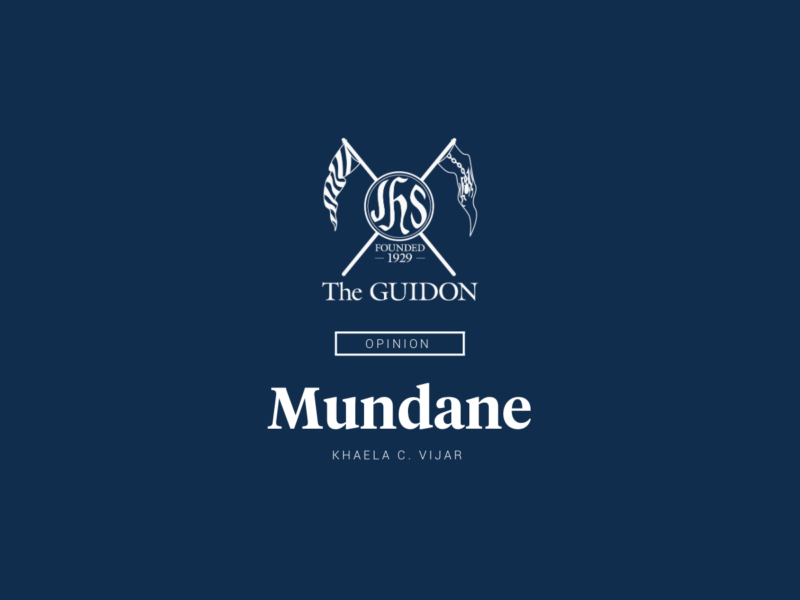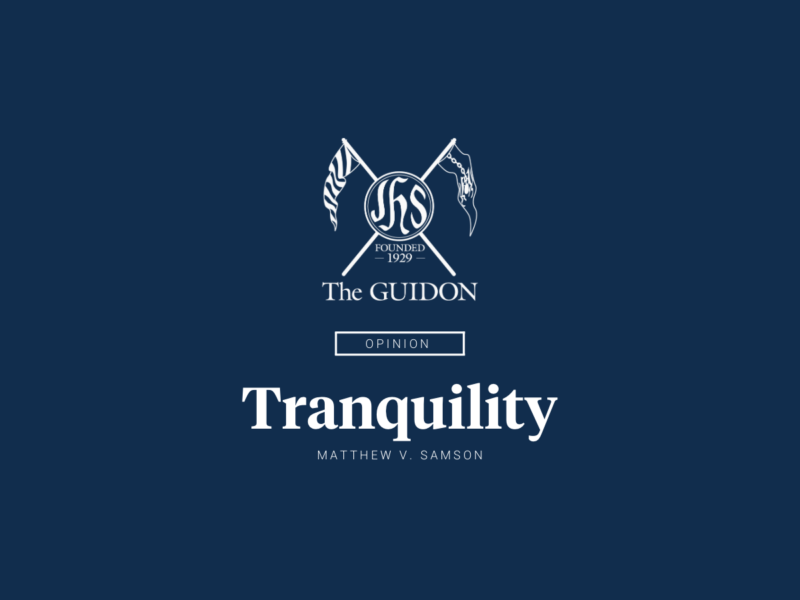The Blind Side
Amidst the dunk fest featuring some of NBA’s biggest superstars—Kobe Bryant, Derrick Rose and Chris Paul to name a few—and for some, a momentary teleportation to an actual NBA game, awe-struck television viewers and fans who witnessed the All-Star weekend may have missed one major thing: the large blue floor print replacing the iconic “Big Dome” logo.
The coliseum that once housed the Thrilla in Manila, Michael Jackson, and memorable UAAP finals will no longer be known as the “Big Dome,” but rather, as the “Smart Araneta Coliseum.” Yet again, conglomerate bigwig Manny Pangilinan has imprinted his brand on another public entity.
Despite what the agreement entails—naming rights for Smart, which grants the corporation leeway to promote their product, and services to strengthen the Smart brand reputation, which ultimately leads to increased market share and profits—and, for the Araneta coliseum, an increase in capacity—it is a marketing ploy, perhaps one of the most expensive advertising ventures Smart has engaged in.
In a five-year deal, Smart paid an undisclosed amount to have its name attached to the Araneta Coliseum, while in return, the historic entertainment facility would get a substantial face lift—one that includes plans of expanding the seat capacity, escalators, upgraded locker rooms and environmental parking areas, among others.
Unfortunately, however, this marketing ploy is what the telecom industry has resulted to—a war not in prices, services, or even market share, but rather in visibility.
In the battlefield that is the Philippine telecom industry, things are getting all too crowded. The Philippine telecom industry only houses two big market players.
Globe is the alleged higher-end provider, boasting an arsenal of postpaid subscribers. On the other side, Smart is reinforced by an army of prepaid subscribers and, supposedly, greater network coverage. Inconspicuously drifting into the chaos is Sun Cellular, which is probably contemplating waving the white flag. Having virtually unquestionable command of the industry, hence total price control, the big two providers have been racking up the revenues since their inception.
Profits, however, do not exactly translate into top of the line services and infrastructure. God knows how many times I have experienced problems with Globe—unable to make calls in times of bad weather, messages sent and received being delayed, and poor signal in certain locations. Indeed, telecom is a high-profit industry, but service is far from at its best.
While the two market leaders gain large profits, such market control—and a stable demand—makes corporations lose sight on the quality of services they offer.
As evidenced above, the profits earned may not be intermittently reinvested into research and development or improved services, but rather into corporate investments that have no hand in directly improving the services. Perhaps, instead of putting out large amounts of money for increased brand recognition, corporations such as Smart should generate loyalty from the inside—based on services and not on popularity.








[…] This column appeared in the August issue of The GUIDON it can be accessed on The GUIDON online. Like this:LikeBe the first to like this […]